Recall arrives for Intel and AMD devices after months of controversy
Anyone with the right PC can now try out the Recall snapshot tool in preview
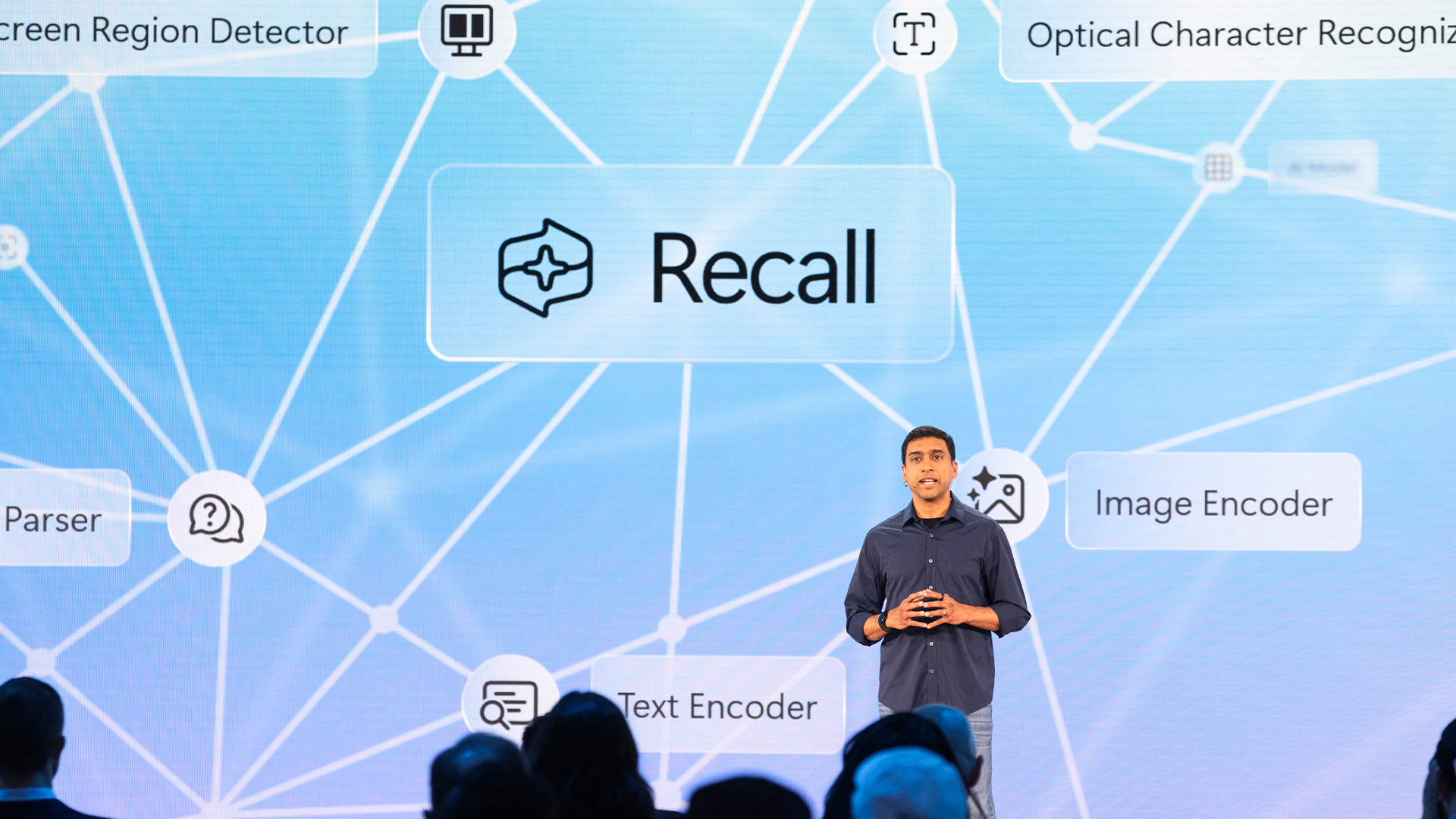

Microsoft is finally rolling out its controversial Recall feature after months of delays sparked by security and privacy concerns.
Recall takes a screenshot every few seconds, saving the images in a protected folder to make it easier to find what you were working on even if you can't remember what application you were using. These snapshots can be searched for using AI that can interpret the images and read text.
Microsoft has spent months getting the feature ready for preview. Recall was first announced in May and expected weeks later, but a security and privacy backlash sparked weeks of delays.
Concerns centered on a lack of protection for the snapshotted pictures leaving sensitive material open to hackers, but also the potential for the tool to be used for employee monitoring and surveillance. Microsoft has since beefed up protections for privacy and security.
It's possible to pause Recall if you're using a sensitive website or working with confidential data, the company has confirmed.
Recall remains in preview rather than a full feature, but has been released via the Windows 11 developer channel, alongside other new AI-powered features including image generation and a tool called Click To Do.
Industry watchers suggested that the wider preview release of Recall meant it could start rolling out officially in the first quarter of next year, but given the many delays to date, it's difficult to predict.
Sign up today and you will receive a free copy of our Future Focus 2025 report - the leading guidance on AI, cybersecurity and other IT challenges as per 700+ senior executives
Test Recall for yourself
Anyone keen to trial the AI-powered feature will require a Copilot+ PC. The preview now supports both Intel and AMD processors after previously working on just those running Snapdragon hardware.
To install the preview, you'll first need to register for Microsoft's Windows Insider program, and then use Windows Update to access the Dev Channel to get the latest build (26120.2510).
The full process is detailed on Microsoft's Windows blog, which notes you'll need Windows Hello, BitLocker, and Secure Boot enabled for Recall to work.
RELATED WHITEPAPER

"When you open Recall, you can complete the first-run experience, which will ask you to opt-in to saving snapshots," the post notes. "If you don’t enable saving snapshots, Recall will not save any snapshots of your activity."
While this version of Recall is a preview, Microsoft has said it will not be collecting your snapshots for training or testing purposes.
"Microsoft can’t access the keys to view your encrypted data, so we can’t restore your snapshots if you remove Windows Hello or restore your snapshots if you need to reset your PC or move to a new PC," the post noted.
Long road to release
Microsoft first unveiled Recall in May as part of its push into AI with Copilot+ branded computers designed to make use of generative AI.
That quickly sparked concerns about security and privacy — and queries from the UK Information Commissioner's Office — leading to a quick u-turn from Microsoft, which delayed the feature by a few weeks in order to work on an opt-in system and additional security features.
That delay soon turned into months, with a mid-June release pushed back to October for members of the Insider programme and then again delayed until November — and that was in turn pushed back to this week.
Despite the furor, Microsoft chose to work on Recall rather than ditch the feature, and in October revealed Recall would be easily uninstalled if desired and would be off by default.
Freelance journalist Nicole Kobie first started writing for ITPro in 2007, with bylines in New Scientist, Wired, PC Pro and many more.
Nicole the author of a book about the history of technology, The Long History of the Future.
-
 Trump's AI executive order could leave US in a 'regulatory vacuum'
Trump's AI executive order could leave US in a 'regulatory vacuum'News Citing a "patchwork of 50 different regulatory regimes" and "ideological bias", President Trump wants rules to be set at a federal level
-
 TPUs: Google's home advantage
TPUs: Google's home advantageITPro Podcast How does TPU v7 stack up against Nvidia's latest chips – and can Google scale AI using only its own supply?
-
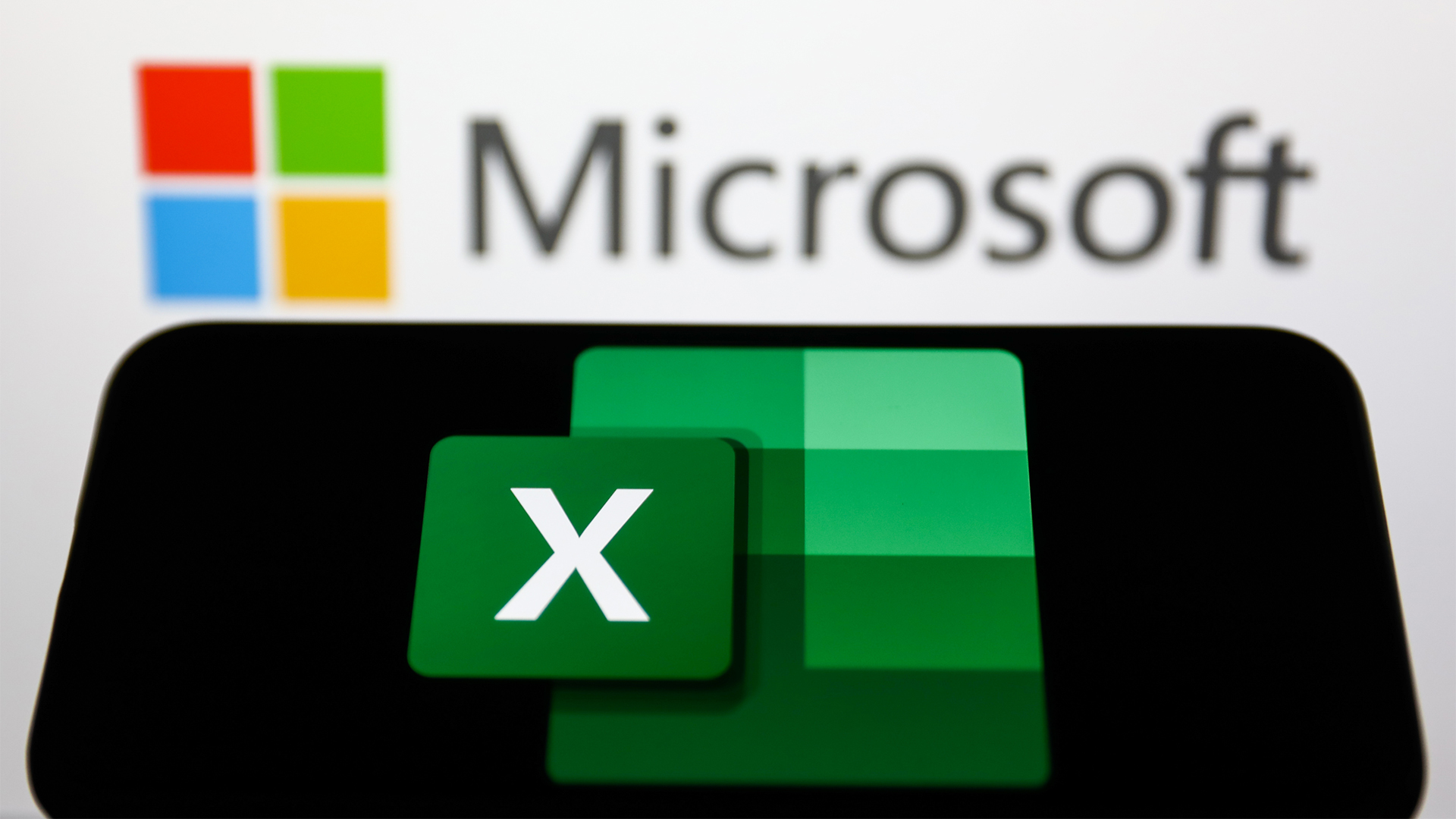 Microsoft Excel is still alive and kicking at 40 – and it's surging in popularity as 82% of finance professionals report ‘emotional attachment’ to the spreadsheet software
Microsoft Excel is still alive and kicking at 40 – and it's surging in popularity as 82% of finance professionals report ‘emotional attachment’ to the spreadsheet softwareNews A recent survey found Gen Z and Millennial finance professionals have a strong “emotional attachment” to Microsoft Excel
-
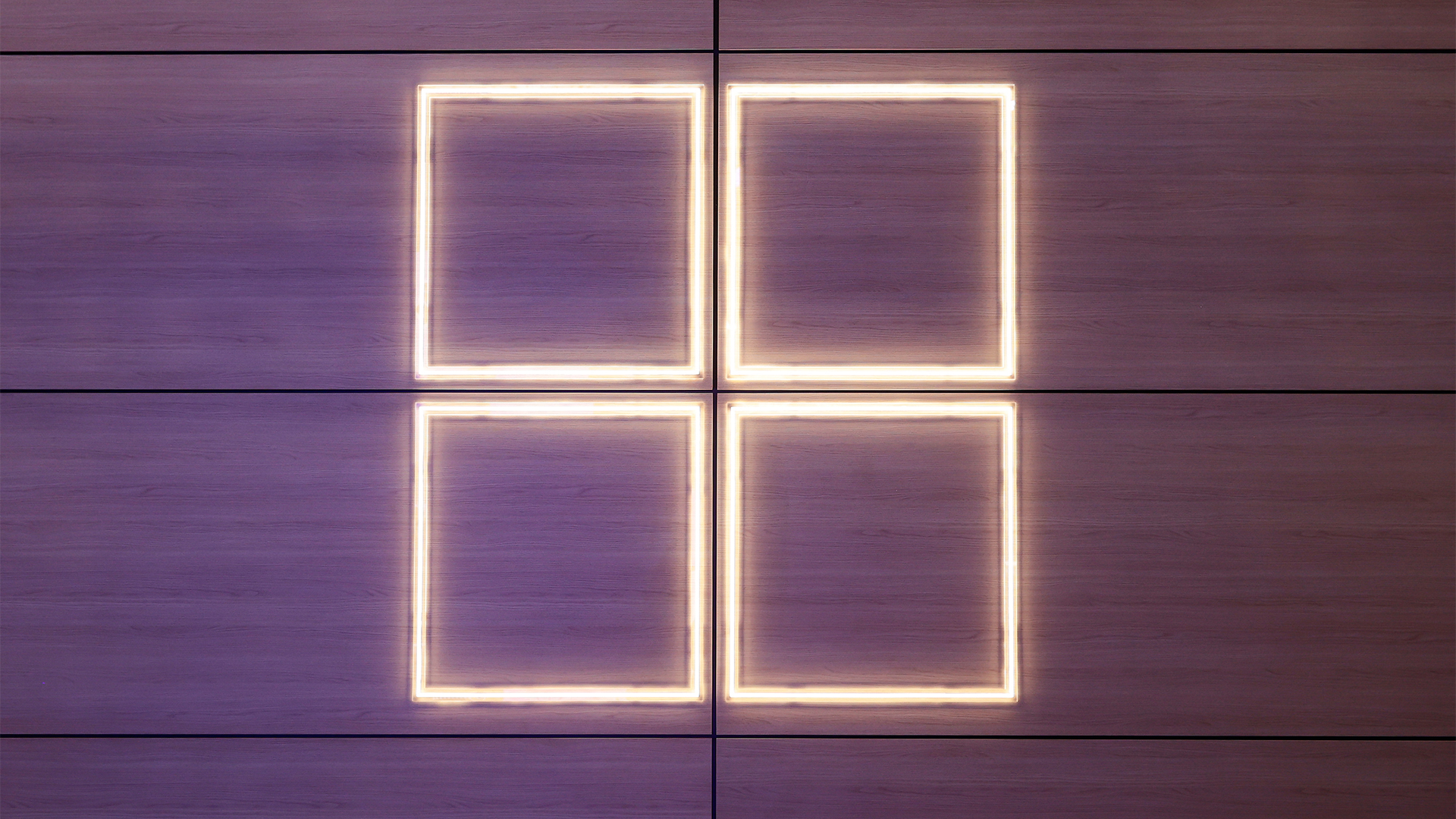 Microsoft’s Windows chief wants to turn the operating system into an ‘agentic OS' – users just want reliability and better performance
Microsoft’s Windows chief wants to turn the operating system into an ‘agentic OS' – users just want reliability and better performanceNews While Microsoft touts an AI-powered future for Windows, users want the tech giant to get back to basics
-
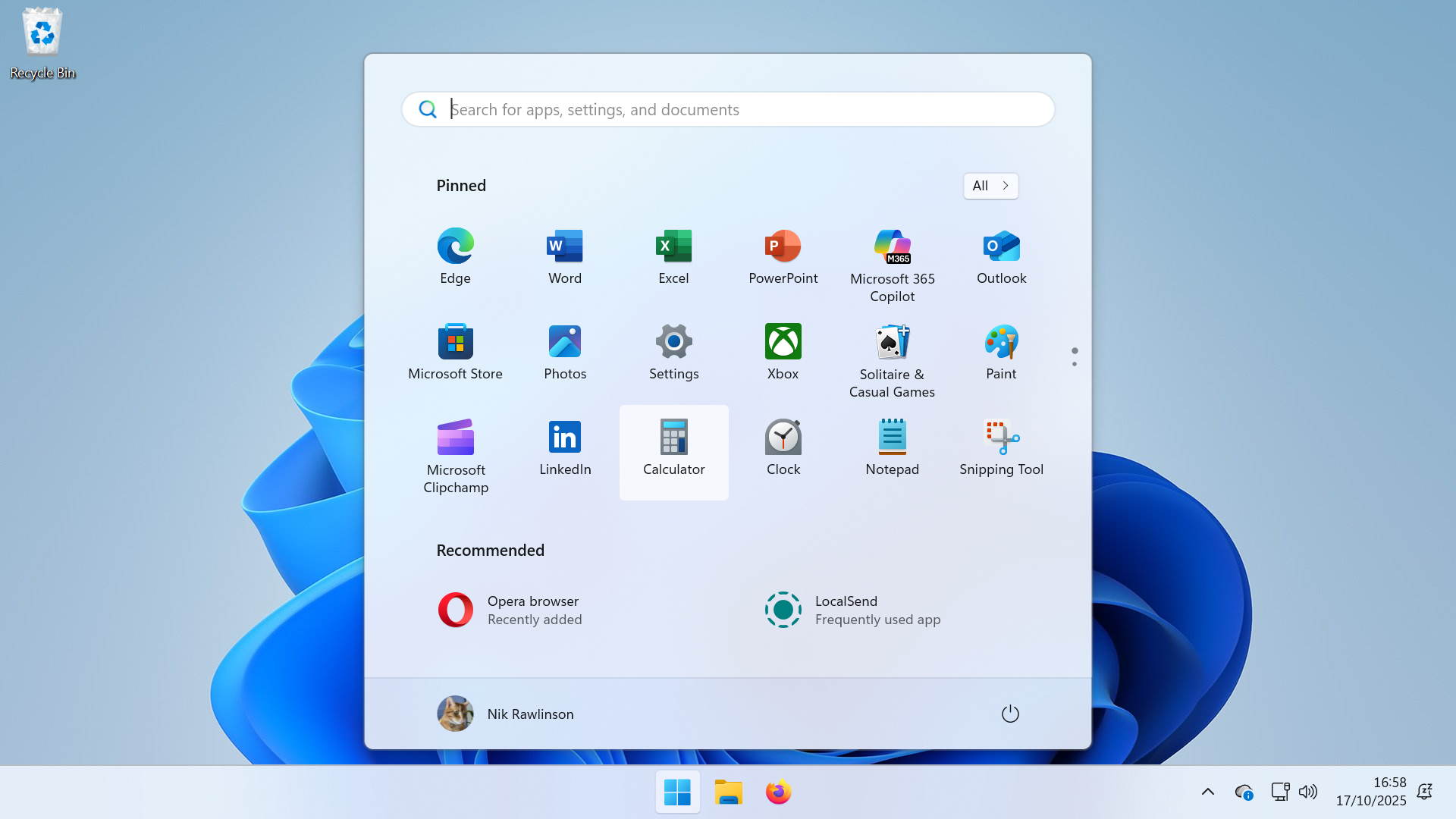 Windows 10 end of life has passed – here's your business guide to Windows 11
Windows 10 end of life has passed – here's your business guide to Windows 11In-depth As Windows 10's mainstream support ends, it's time for businesses who have yet to upgrade to take a second look at Windows 11
-
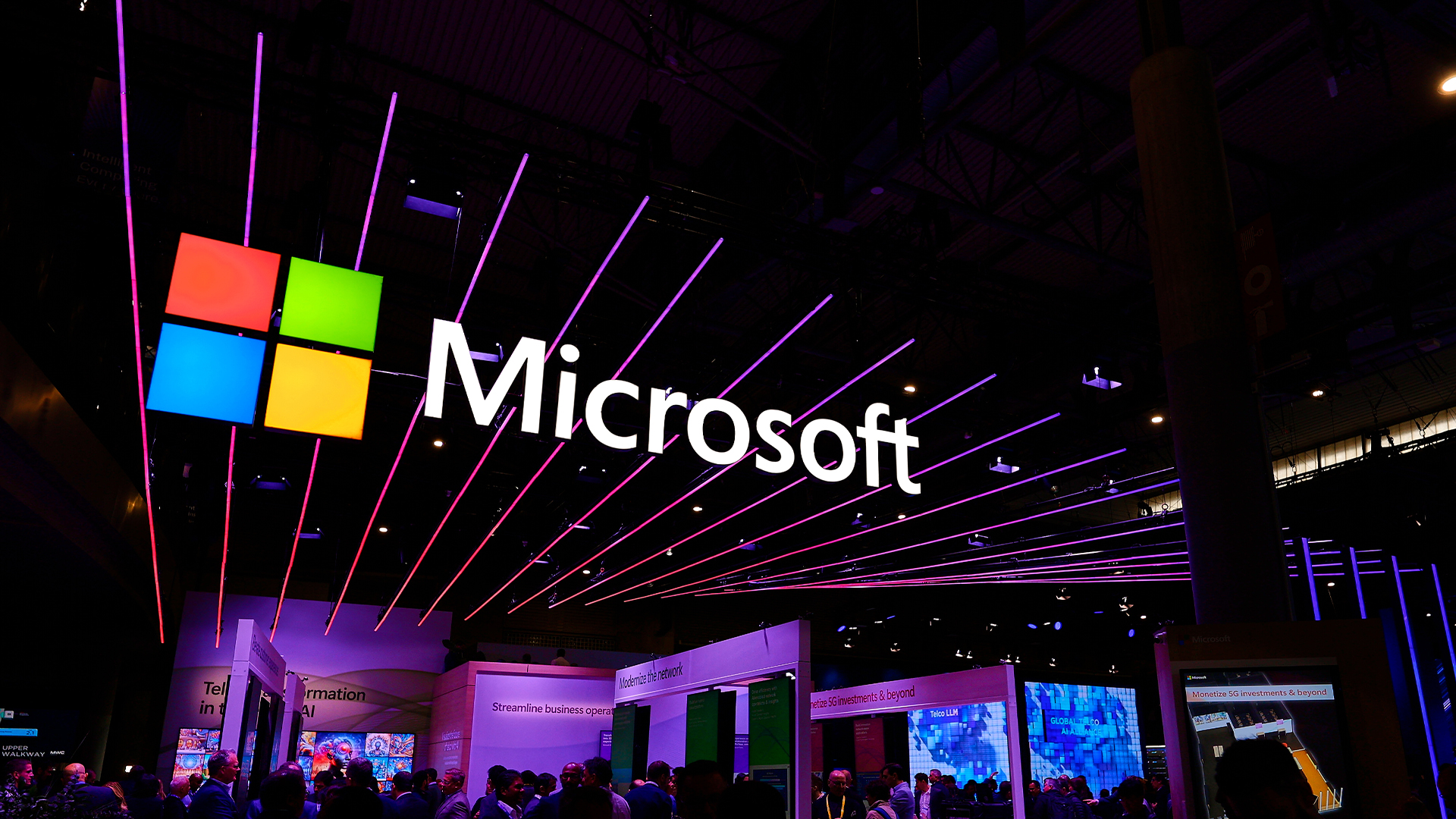 Microsoft 365 price hikes have landed the tech giant in hot water
Microsoft 365 price hikes have landed the tech giant in hot waterNews Australian regulators have filed a lawsuit against Microsoft for allegedly misleading users over Microsoft 365 pricing changes.
-
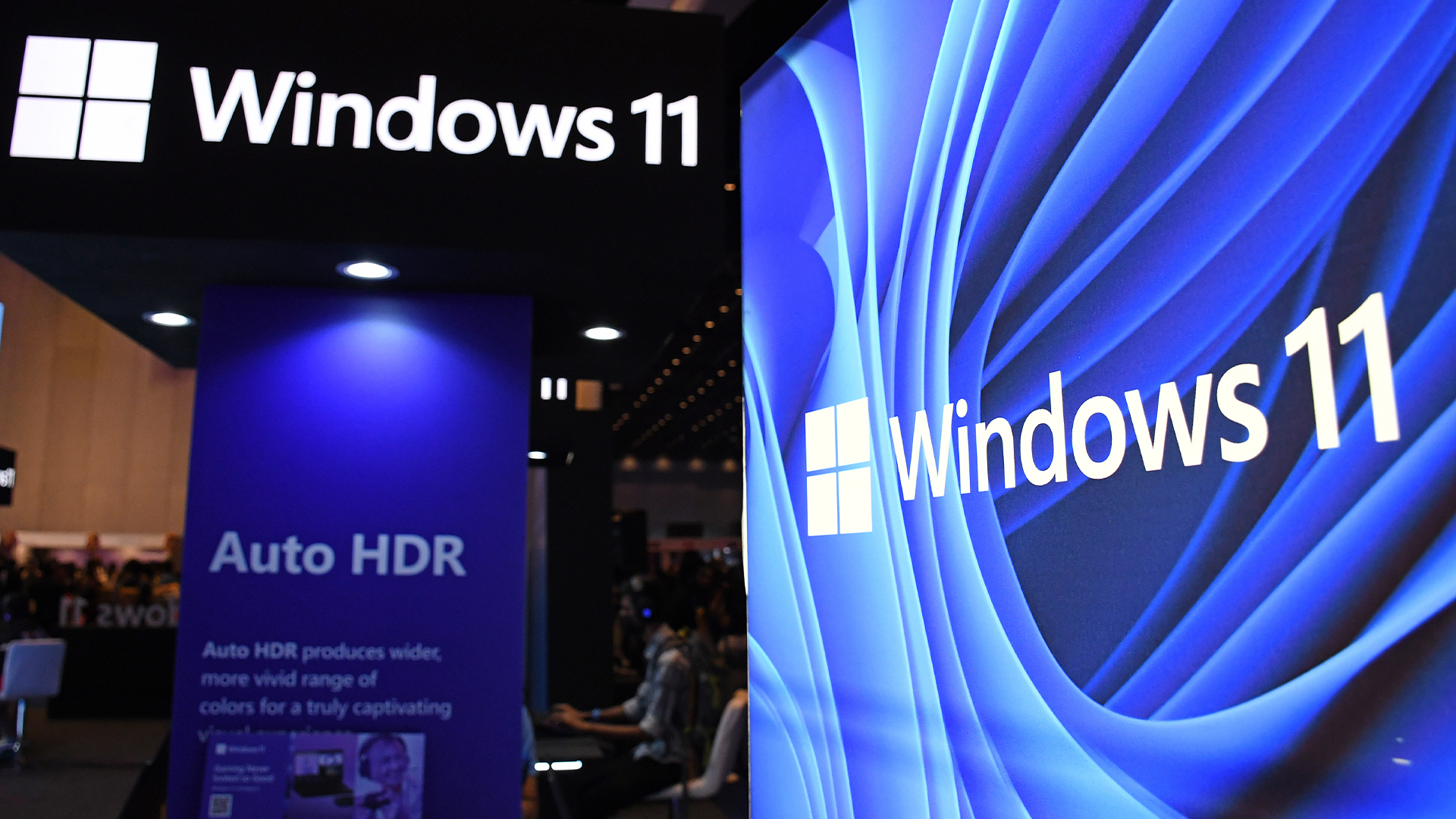 Microsoft issues fix for Windows 11 update that bricked mouse and keyboard controls in recovery environment – here's what you need to know
Microsoft issues fix for Windows 11 update that bricked mouse and keyboard controls in recovery environment – here's what you need to knowNews Yet another Windows 11 update has caused chaos for users
-
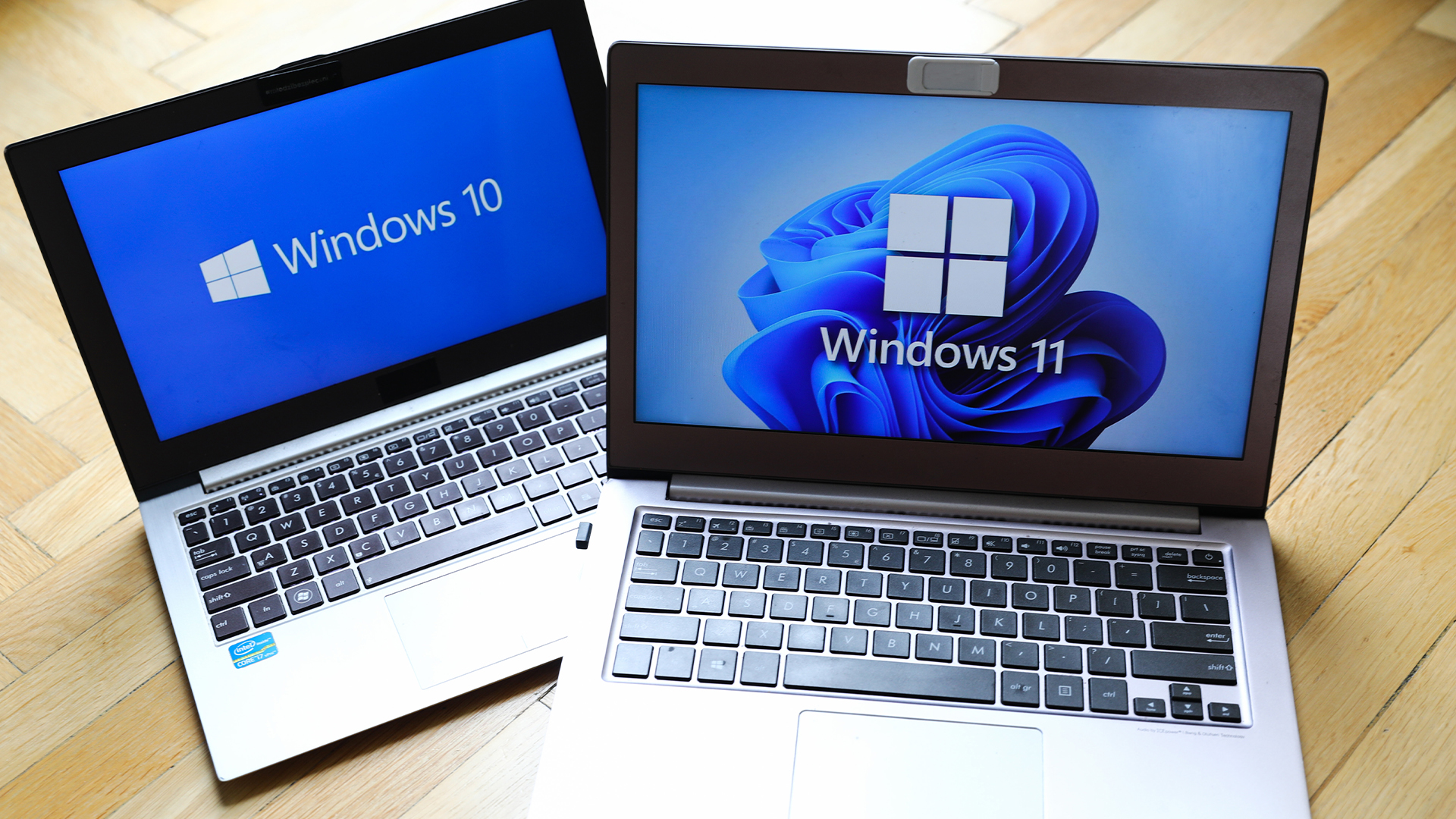 Windows 10 end of life could create a major e-waste problem
Windows 10 end of life could create a major e-waste problemNews The study marks the latest Windows 10 end of life e-waste warning
-
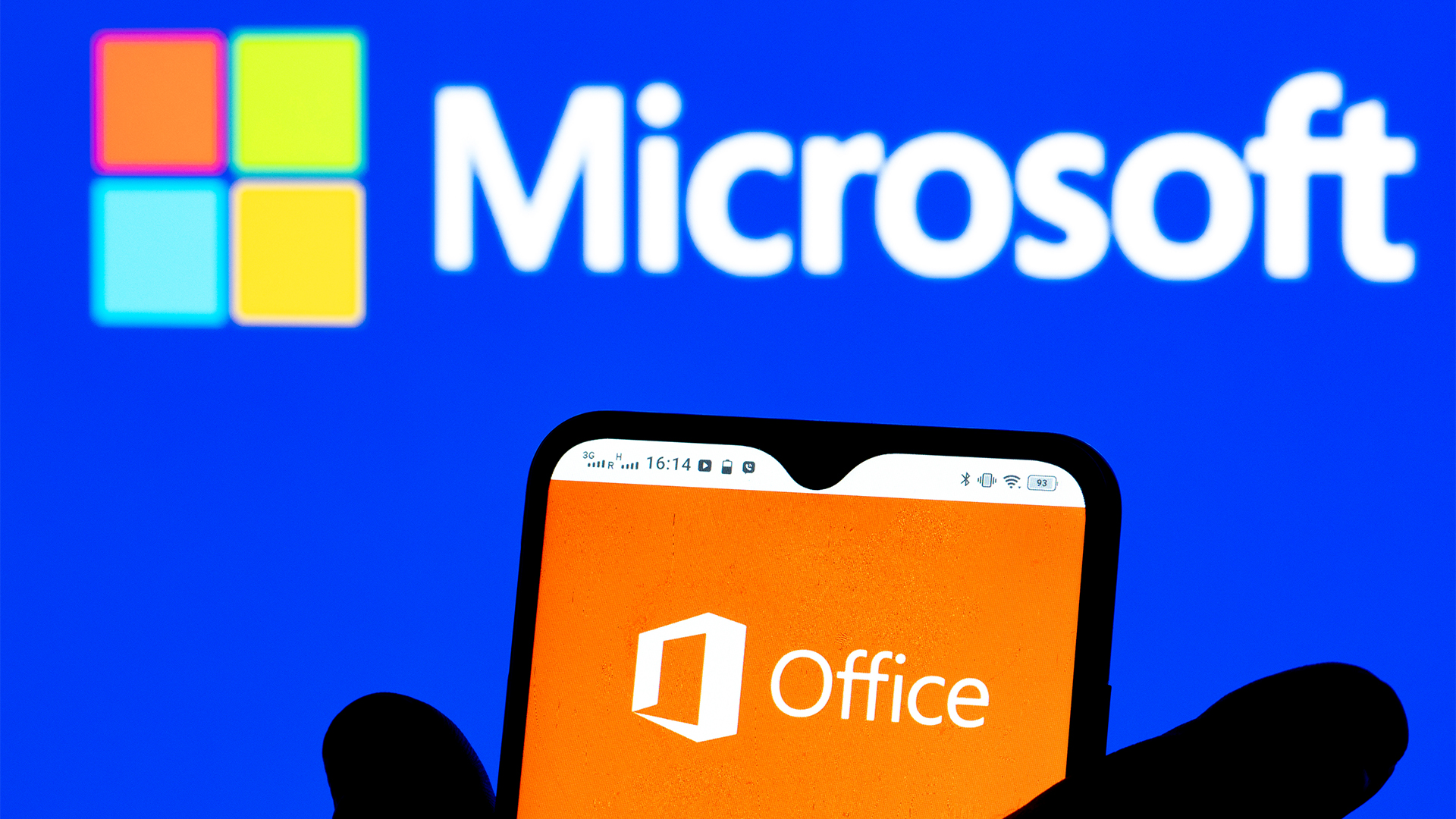 Microsoft Office 2016 and 2019 are heading for the scrapheap next month – but there could be a lifeline for those unable to upgrade
Microsoft Office 2016 and 2019 are heading for the scrapheap next month – but there could be a lifeline for those unable to upgradeNews The tech giant has urged Office 2016 and Office 2019 users to upgrade before the deadline passes
-
 UK government programmers trialed AI coding assistants from Microsoft, GitHub, and Google – here's what they found
UK government programmers trialed AI coding assistants from Microsoft, GitHub, and Google – here's what they foundNews Developers participating in a trial of AI coding tools from Google, Microsoft, and GitHub reported big time savings, with 58% saying they now couldn't work without them.
